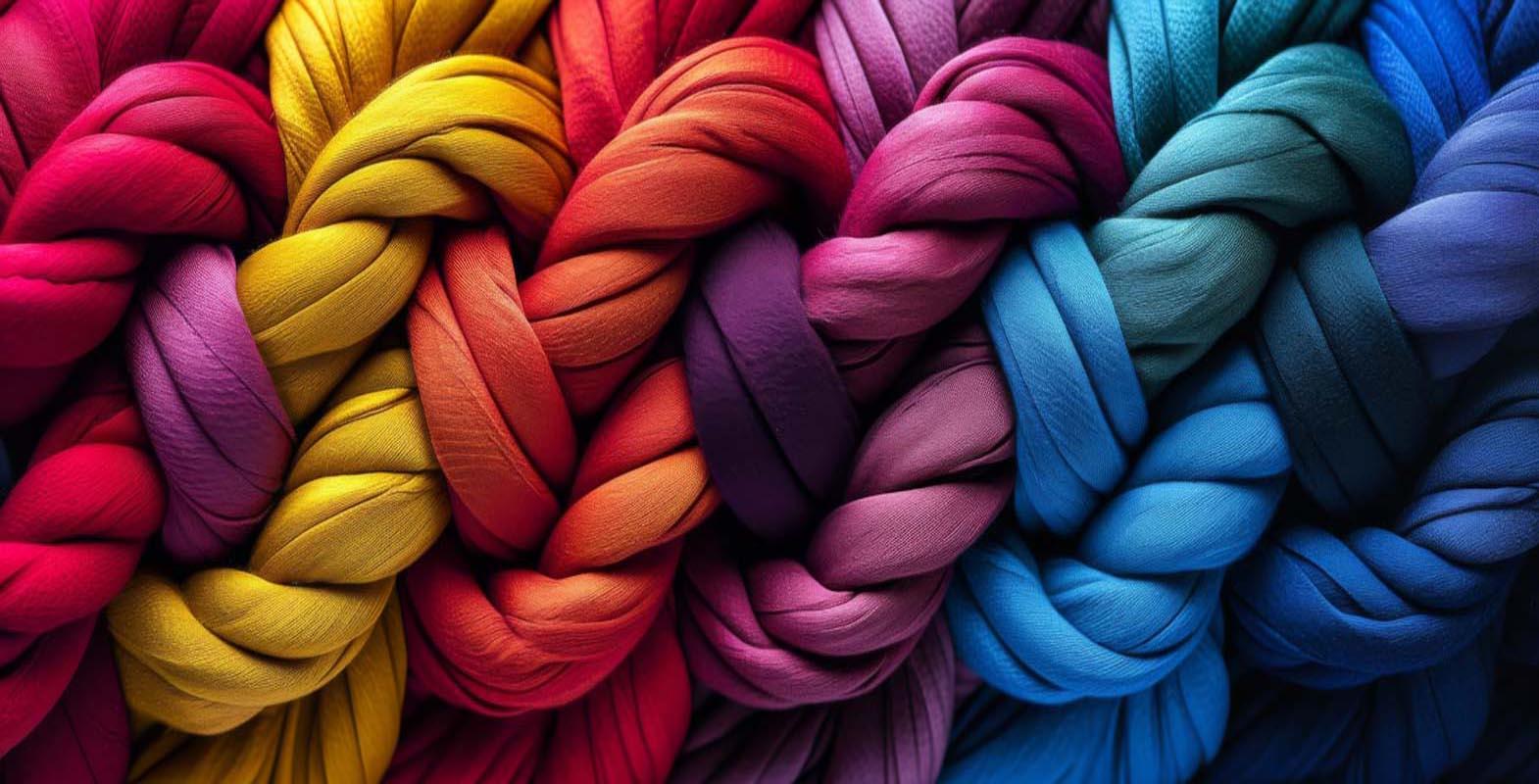Textile storage involves techniques that maintain the materials in their original state and preserve them for the future. Many people wish to preserve their special garments for a lifetime but may not be familiar with the correct storage methods. In cases of uncertainty, it is advisable to seek the assistance of a trained conservator who can provide guidance on proper preservation techniques.
There are fundamental storage guidelines that should be followed to prevent textiles from deteriorating. First and foremost, garments should be clean before storage. If a textile is old, it must be cleaned with great care. When storing a garment for an extended period, it is advisable to avoid using starch or any finishing products, as they may attract pests. If clothes are stored in a cabinet, ensure that the space is well-ventilated to prevent mold growth.
Textile damage often occurs due to the environmental conditions in which they are stored. Factors such as light, extreme temperatures, humidity, chemicals, pests, and pollutants can contribute to textile decay. Ultraviolet rays, in particular, can cause significant damage to textiles, so prolonged exposure to direct sunlight or fluorescent lights should be avoided. Additionally, textiles should not be stored in damp environments like basements or lofts.
Bright lights emit a substantial amount of heat, which can be damaging to the fibers of antique and delicate textiles. The best way to display garments is in an area where lights are not positioned too close to them and can be turned off when not needed. Another significant threat to textiles is pests. Some insects can consume textiles, and many types of fungi thrive in hot and humid climates.
High temperatures and humidity levels can accelerate the deterioration of textiles and provide a favorable environment for insects, mold, and mildew to thrive. Therefore, it is essential to maintain a consistent temperature and humidity level for the well-being of textiles.
The textiles should be examined once in a while to check if there are insects or mold and also refold to avoid creases at the same place. Textiles should never be kept in airtight boxes or plastic bags as unreliable plastic will hold moisture and will be a reason for mold growth. Additionally, wood contains oil and acid which cause textile decay. Therefore, use mylar, acid free tissues, pure muslin or pure white cotton sheets to cover the stored textiles in wooden boxes.
Yellowing or darkening in some areas of fabric happens due to oxidation when kept for a long time. Therefore, an ideal environment for storing textiles is clean, dark, cool and reasonably dry place. There are three basic types of textile storage. They are Flat, Rolled and hanging storage.
Flat storage is an ideal method for delicate, painted and extraordinary textiles as it gives leveled support to the fabrics. Metal or wooden drawer or even acid free boxes can be used to store the textiles flat. Acid free tissue papers should be placed at the bottom and between two items, when the textiles are stored one above the other. There should not be sharp folds on heavy and historic textiles.
In such cases, round folds should be applied and acid free tissue paper should be kept between the folds. It is advised that these textiles are refolded intermittently to avoid weakening of fibres in that area. Rolled storage is the best technique for textiles which are very large like tapestries, long curtains, carpets and quilts.
It also saves space while storing large textiles. One must have seen how textiles are rolled and stored in fabric stores. There are racks that contain long horizontal acid free tubes on which the fabrics are rolled. Embroidered or velvet materials should be rolled with the embroidery on the outer side. This is because while rolling the textile may fold, stretch or crease on the inner side. To protect the rolled textiles from dust and light a muslin cover can be used.
Moreover, it should be noted that painted textiles must not be rolled as rolling can cause cracking, paint loss or even splitting of the fabric. For textiles that are heavier, tubes with wider diameter should be used. After rolling the textiles, it should be stored in a place which is well ventilated but protecting it from light and dust.
For some dresses flat storage will not work because it will bring creases on the clothes. Thus, the best method to store the clothes without forming any creases is hanging them. Dresses which are suitable to be hanged should be hanged on plastic hangers with proper padding on the shoulders. Further, it should be covered with plastic or cloth with the base open to allow air circulation. Wooden hangers have acid content and metal hangers do not provide enough support and so both should not be used.
Furthermore, for garments which are to be displayed and are delicate, mounting will be helpful before storing. Another similar fabric is sewn onto the fabric to support the garment. Hence, this should be done by trained professionals as incorrect mounting will damage the places where it is stitched.
Dummies can also be used to store the garments if ample space is available. In this method the dummies should be fitted with proper undergarments so that it supports the garments in the right way.
Lastly, textiles can be preserved for a long time just by using the basic knowledge of textile and deterioration. The above methods of storage should be used keeping in mind the factors responsible for deterioration. The techniques that protect the textiles from light, heat, dust, pollution, pest and humidity can extend the life of the fabrics.
References:
1. Wikipedia.org
2. Textilemuseum.org
3. Mohistory.org
4. Webspace.utexas.edu









Comments